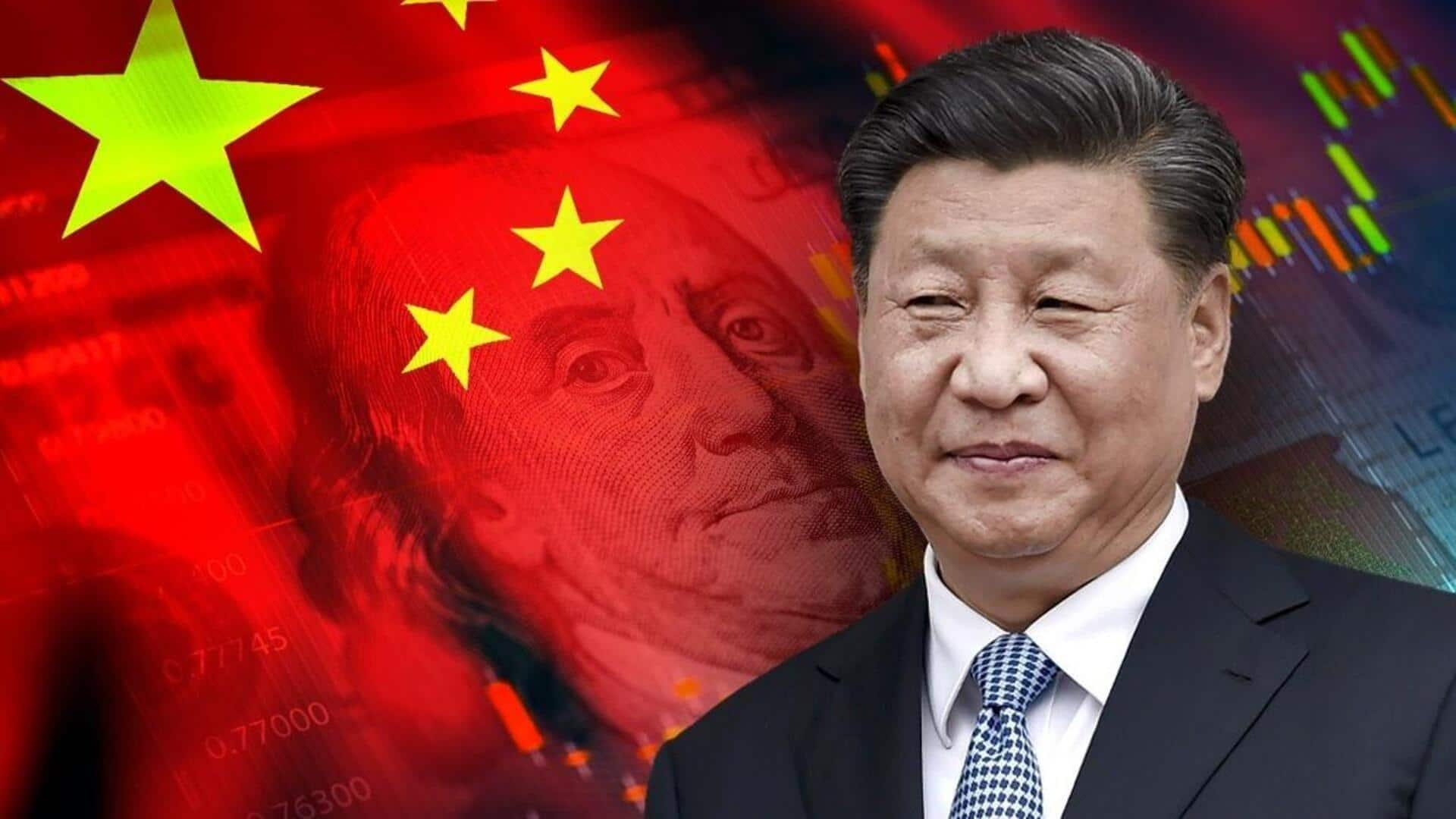
China unveils 5-year plan to boost self-reliance, reduce US dependency
What's the story
China's ruling Communist Party has unveiled a five-year plan emphasizing the development of a modern industrial system and technological self-reliance. The strategy is aimed at strengthening China's global position in its intensifying rivalry with the United States. The party also pledged to boost domestic consumption and improve people's livelihoods, which have been secondary to manufacturing and investment in recent years.
Leadership shift
Personnel changes alongside economic policy goals
Along with outlining economic and other policy goals for the next five years, Party leaders also made personnel changes. A total of 11 members were replaced, the highest turnover since 2017 amid a military corruption purge. The Chinese economy's dependence on exports during US-China trade tensions may prompt Beijing to seek a more balanced policy approach in the coming years.
Strategic focus
Key priorities in China's 5-year development plan
The Chinese Communist Party's Central Committee has prioritized building "a modern industrial system with advanced manufacturing as the backbone" and accelerating "high-level scientific and technological self-reliance." These goals are part of China's next five-year development plan, which will also include expanding domestic demand. However, details on how these objectives will be achieved or funded remain unclear.
Economic challenges
Addressing structural imbalances within the economy
China's economic growth slowed to its weakest pace in a year in Q3, with investment posting its first non-COVID decline. This fragile domestic demand has left the country heavily reliant on its export factories despite US tariffs. These developments have raised concerns about government efforts to address long-standing and deepening structural imbalances within the economy.
Welfare goals
Concerns over funding and specifics of proposed improvements
The Chinese Communist Party has vowed to improve people's welfare and the social security system in its latest five-year plan. However, it did not provide any specifics on how these improvements will be made or where the funding will come from. This uncertainty over medium- and long-term policies has economists and investors worried about the government's ability to rebalance an economy with household consumption lagging global averages by about 20% points of GDP.